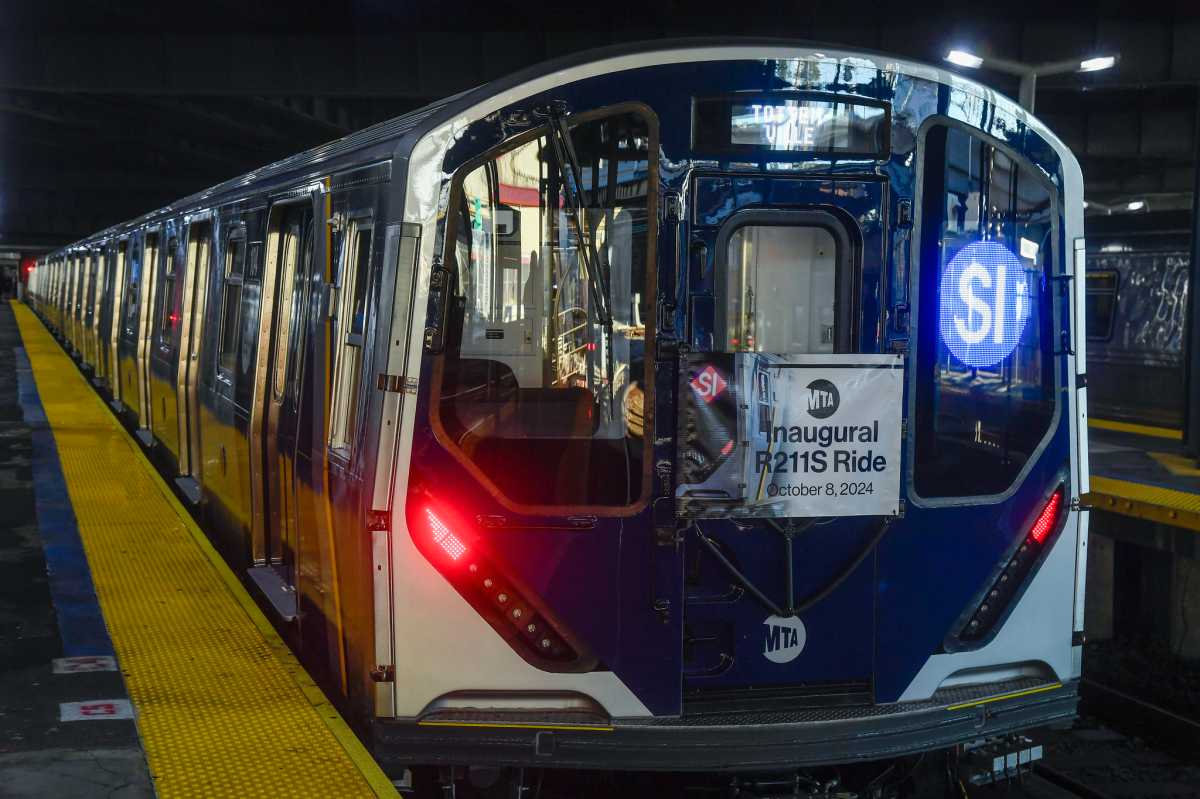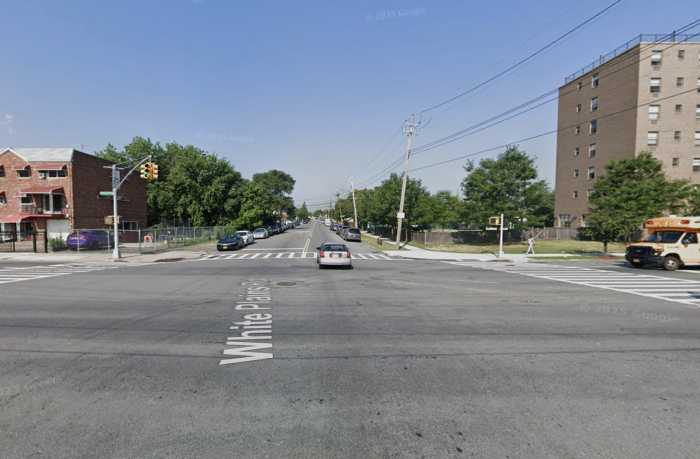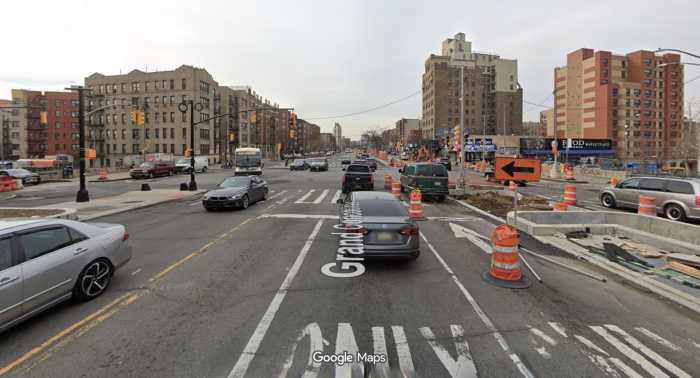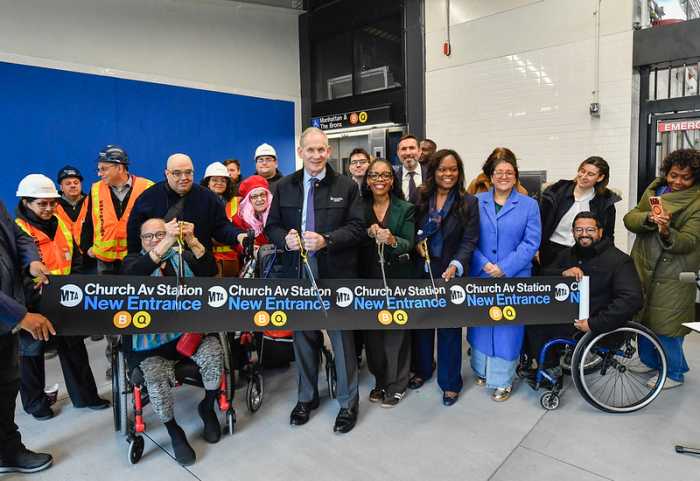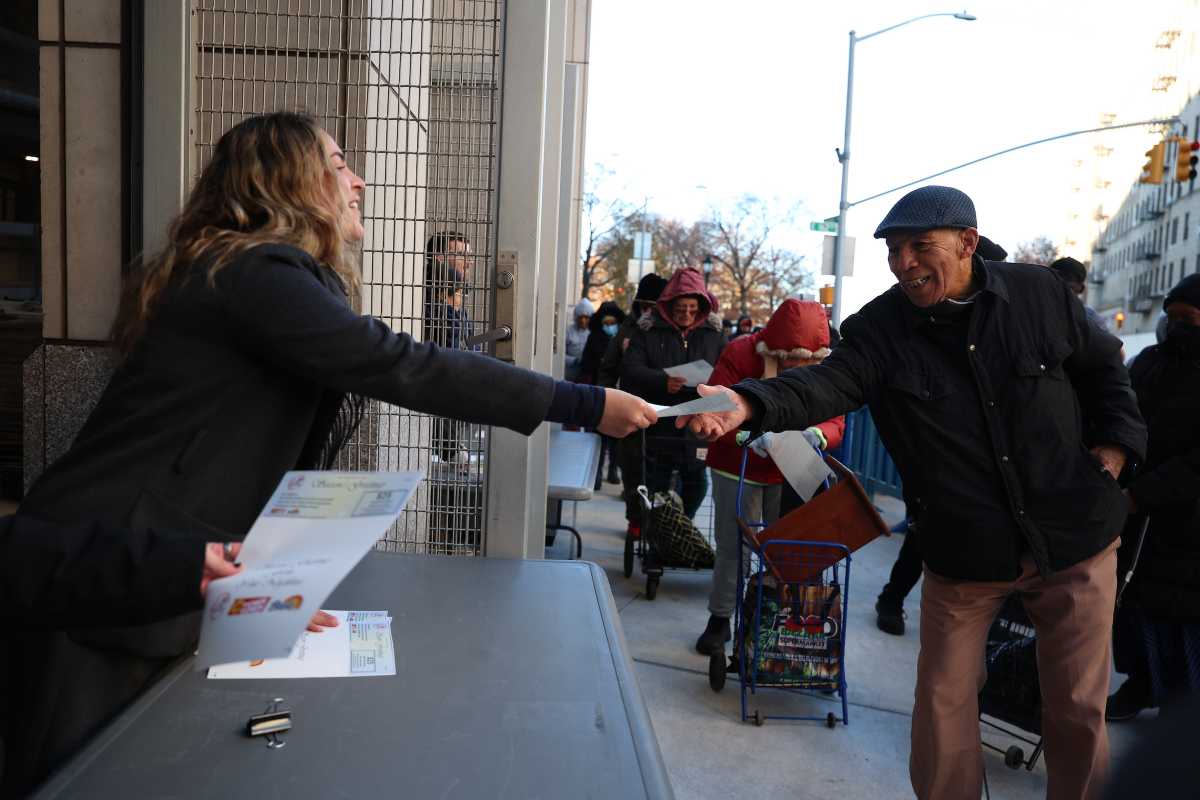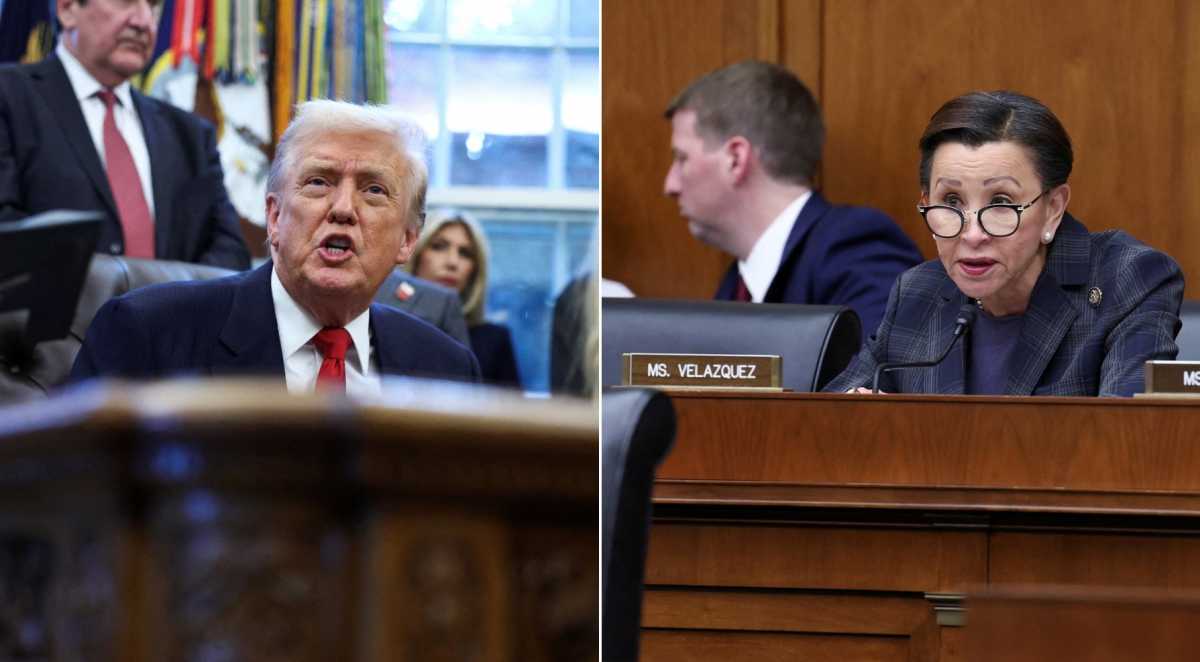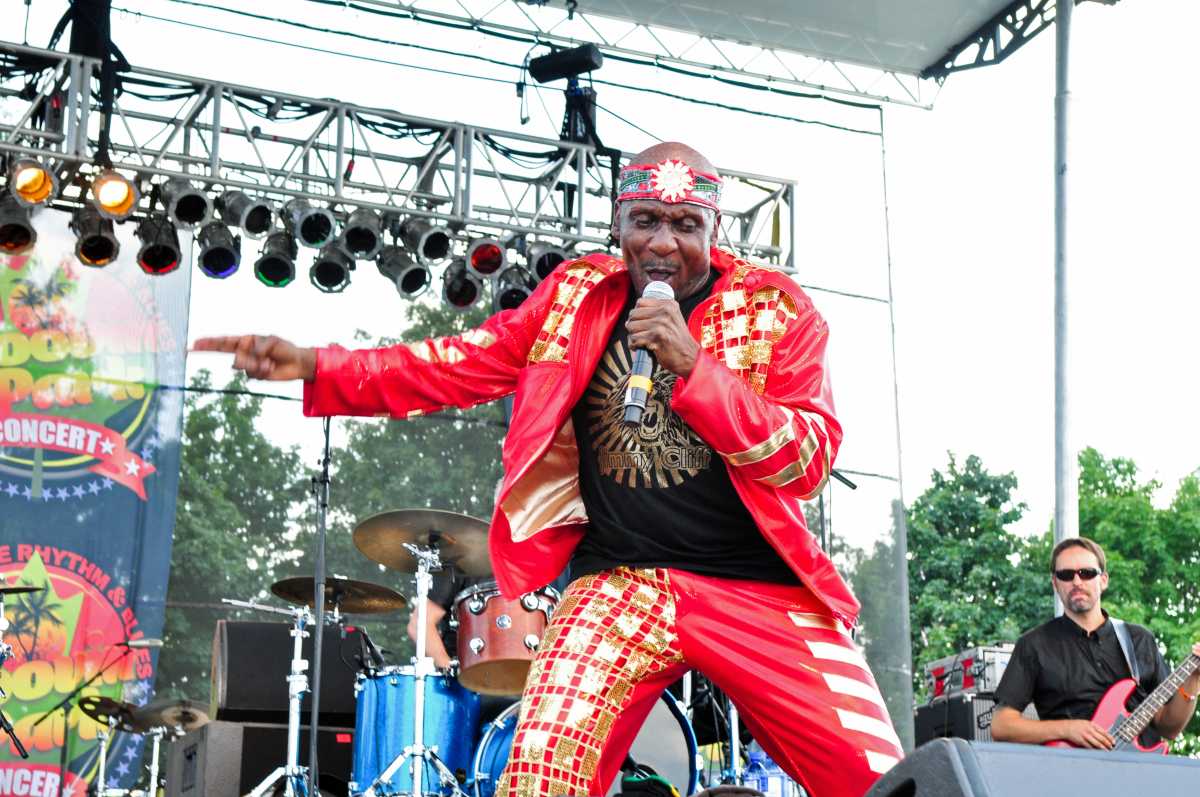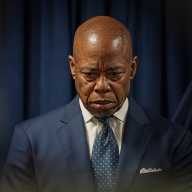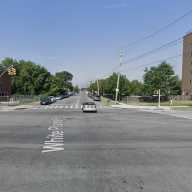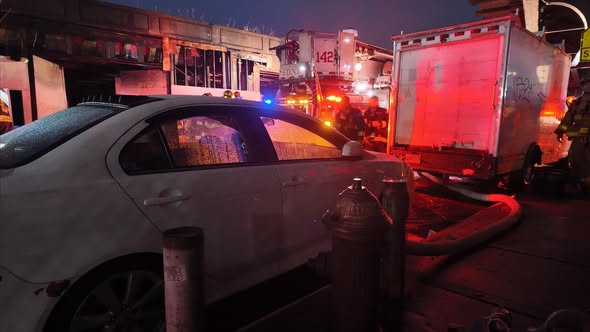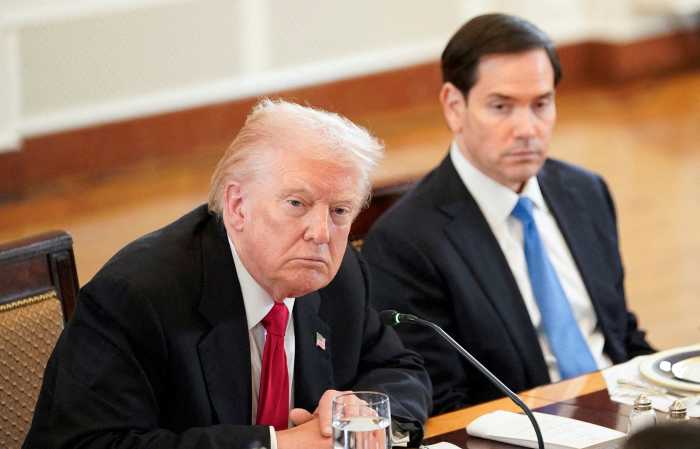The MTA’s fiscal outlook has improved this year, but uncertainties tied to President Donald Trump’s federal actions could cloud its future, according to a state comptroller’s report released on Wednesday.
State Comptroller Thomas DiNapoli’s annual report on MTA finances, which examines the agency’s operating budget, capital program, ridership trends, and debt levels, revealed that these efforts are especially crucial as federal threats loom over the city’s public transit system.
“The MTA’s budget is currently balanced, but out-year gaps persist as the Authority faces substantial fiscal uncertainties, led by funding threats from the federal government,” DiNapoli said. “It’s imperative that the MTA stay focused on improving the system and bringing riders back, which is one of the surest ways it can help stabilize its fiscal outlook at the farebox, and by following through on its savings initiatives.”
In short, the MTA could be compelled to make “difficult choices” between balancing debt levels with maintaining the system in a state of good repair, DiNapoli’s report explained.
How federal funding cuts could hurt NYC commuters

Parts of the transit system that are paid for by state-of-good-repair funding include investments in railcars, power and signals. However, President Donald Trump’s most recent cuts have centered on public safety, rather than infrastructure repairs.
Although Trump announced that $187 million in homeland security cuts for New York were restored on Oct. 3, Gov. Kathy Hochul said last week that the MTA was the only agency of 21 nationwide applicants to not receive funding through the federal Transit Security Grant program, which the Federal Emergency Management Agency (FEMA) launched after the 9/11 terrorist attacks in NYC and Washington, D.C.
The MTA’s financial plan relies on some revenue streams that are outside its control, including reimbursements from FEMA for COVID-19 expenses and casino licensing revenue.
DiNapoli’s report estimates that delays, reductions, or loss of those two revenue sources could open up a budget gap of $800 million in 2026. FEMA recently delayed reimbursements for COVID-19 expenses in federal fiscal year 2025 and has suggested it could cancel the distribution of these funds altogether, which would create a $300 million budget gap this year, putting immediate pressure on the agency’s finances.
Jai Patel, the MTA’s chief financial officer, stated that the agency has made progress in reducing deficits and is continually seeking ways to save money.
“We appreciate Comptroller DiNapoli’s recognition of the MTA’s success in reducing out-year budget operating gaps, and for highlighting that the Authority continues to await reimbursement of direct COVID expenses from FEMA,” she said. “We are constantly exploring new ways to find efficiencies wherever possible, and will continue to closely monitor revenue trends, fight fare evasion, and make every effort to boost the funding streams we directly influence.”
The MTA can bring in and save more money, in part, by increasing ridership, according to DiNapoli’s report. The recommendation comes just one day after the MTA announced its one billionth rider in 2025 on Oct. 14, a milestone that occurred earlier this year than in other post-COVID pandemic years.
It also follows the MTA’s announcement that the subway and bus fare will increase by 10 cents in January 2026, pushed back from its original start date in August 2025.
Is the Second Avenue Subway extension in jeopardy?
Meanwhile, the MTA has committed around $9 billion to capital needs, including rolling stock and the Second Avenue Subway project. However, the feds have put nearly $7 billion in funding for the Second Avenue Subway Phase 2 under review. DiNapoli’s report notes, however, that the project is subject to an existing federal funding grant agreement.
According to the report, if these funds were to be cut, the MTA could issue additional debt, find further capital project efficiencies, or even postpone or cancel long-awaited projects like the Second Avenue Subway.
Despite the looming threats, the MTA in August awarded a design-build contract for tunneling and structural shells for two stations as part of the Second Avenue Subway’s extension project totaling $2 billion.



